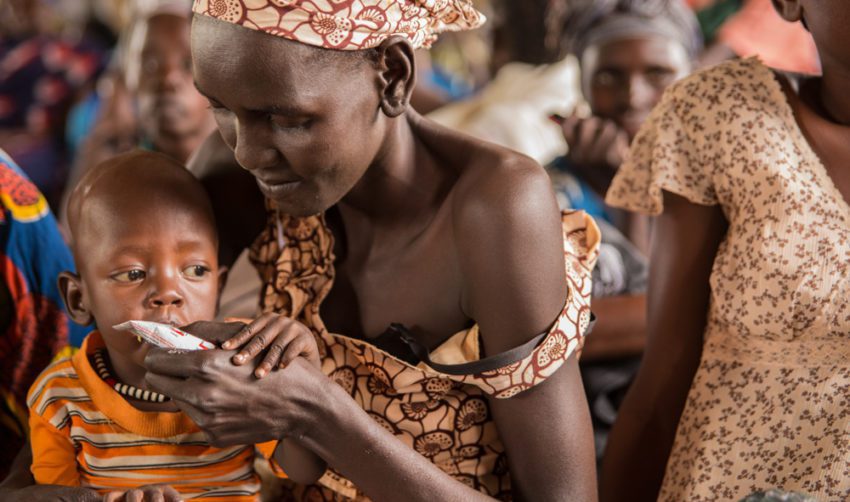More than 31 million people in West and Central Africa could face the pangs of hunger during the June-August 2021 lean season, the World Food Programme (WFP) warns.
By Ibrahima Dione
This figure is more than 30 percent higher than that of last year and represents the highest level in nearly a decade according to data from the Harmonised Framework, a joint food security analysis published under the auspices of the Permanent Interstate Committee for Drought Control in the Sahel (CILSS).
The WFP holds that possible food insecurity is the result of soaring food prices in these conflict-ridden regions and the socio-economic impact of the COVID-19 pandemic.
As a result, the global humanitarian organization fighting hunger points out in a statement to APA on Friday, that “immediate action is needed to avoid a disaster” during the lean season “preceding the next harvest and during which food reserves are exhausted.”
In West Africa, “conflict is already fueling hunger and misery. The relentless rise in prices acts as a poverty multiplier, plunging millions of people into food insecurity and despair”, WFP’s regional director Chris Nikoi explains.
Nikoi adds, “even when food is available, families cannot afford it and soaring prices put a basic meal out of reach for millions of poor families who were already struggling to get by.”
In West African countries, WFP notes, food prices are rising.
“Compared with the average of the last five years, local products have increased by almost 40 percent and in some areas, prices have risen by more than 200 percent,” the UN programme says.
The World Food Programme says that “this situation is due in part to the economic impact of measures against the spread of the coronavirus over the past year, but also to the decline in people’s incomes due to the reduction in commercial, tourism and informal activities and remittances.”
In Sierra Leone, for example, “the depreciation of the local currency has had an impact on the price of imported and locally produced food,” WFP points out.
In the country led by Julius Maada Bio “the price of rice, the staple food, is 60 to 70 percent higher than the five-year average,” the UN organisation reports.
As a result, acute food insecurity has spiked to 23 percent of the population (1.8 million people) compared with only 2 percent in 2019.
“Until markets stabilise, food assistance is perhaps the only source of hope for millions of families. The needs are immense and if we can’t raise the (much-needed) funds, we simply can’t cope. We cannot let 2021 become the year of reduced rations,” the Regional Director warns.
Furthermore, the report notes that “in northern Nigeria, the central Sahel (Burkina, Mali and Niger), the Central African Republic and the northwest and southwest regions of Cameroon, escalating violence is forcing people to move, abandon their fields and sources of income.”
This is why “nearly 10 million children under the age of five are suffering from acute malnutrition this year in the region, and the Sahel alone accounts for half of this figure.”
In view of the situation, WFP plans to support “nearly 18 million people” in West and Central Africa this year, 68 percent of whom require “emergency” assistance.
For the next six months, the World Food Programme estimates that it needs at least $770 million to carry out its operations in 19 countries.
In 2020, the global humanitarian organisation and its partners assisted “nearly 17 million people in West Africa through integrated approaches that combine life-saving food and nutrition interventions with activities that build community resilience,” according to the statement.
ID/lb/as/APA


